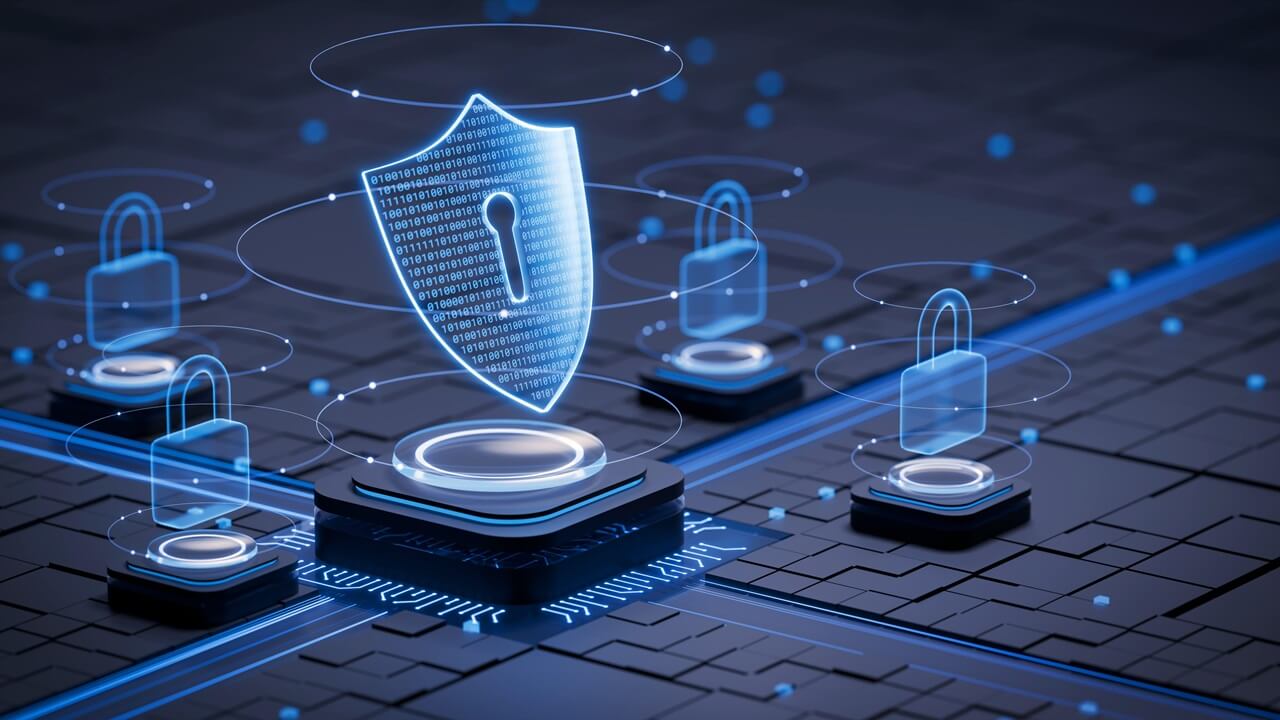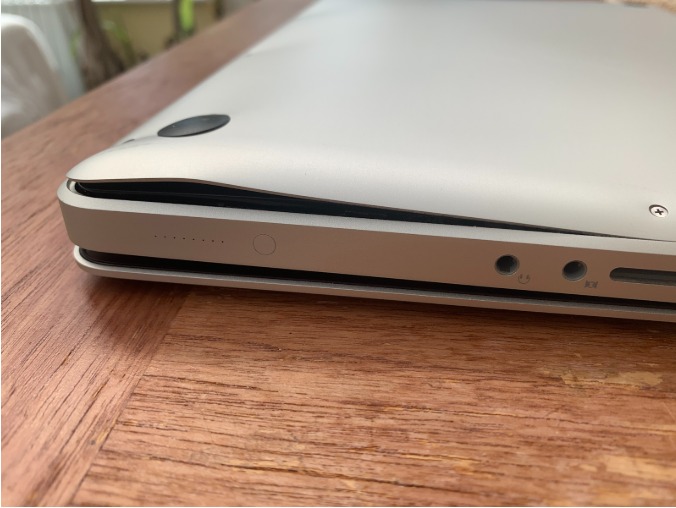As the rollout of 5G networks accelerates globally, the security landscape is undergoing a significant transformation. While 5G promises unprecedented speed, low latency, and massive device connectivity, it also introduces a wide range of new cybersecurity threats. These include a vastly expanded attack surface, the decentralization of network architecture, and increased vulnerabilities from edge computing and IoT integration.
To counter these evolving threats, traditional perimeter-based security models are proving inadequate. Instead, modern security frameworks are shifting toward more adaptive, intelligent, and real-time solutions. One of the most promising of these is Network Detection and Response (NDR). NDR offers advanced capabilities to monitor, detect, and respond to malicious activity within complex 5G network environments.
In this article, we’ll explore how NDR plays a critical role in defending 5G infrastructure from cyberattacks, and why it should be a cornerstone of any 5G security strategy.
Understanding the 5G Threat Landscape
A Complex Ecosystem
5G is more than just a faster mobile network; it’s an enabler of digital transformation across industries. From autonomous vehicles and smart cities to telemedicine and industrial IoT, 5G provides the backbone for next-gen applications. This massive expansion introduces:
- Network slicing: Virtual networks created on shared physical infrastructure.
- Edge computing: Data processing closer to end devices.
- IoT proliferation: Billions of devices communicating in real-time.
Each of these innovations increases the complexity of managing and securing the network.
Key 5G Security Challenges
Some of the top threats and challenges facing 5G environments include:
- Distributed attack vectors: Due to decentralized infrastructure and edge nodes.
- Insider threats and compromised endpoints: Especially from IoT and mobile devices.
- Supply chain vulnerabilities: Components sourced from multiple vendors.
- Difficulties in visibility and control: Traditional tools struggle to monitor the dynamic flow of 5G traffic.
This evolving threat surface requires security solutions that can scale, adapt, and operate autonomously.
What Is Network Detection and Response (NDR)?
Network Detection and Response is a cybersecurity approach that focuses on:
- Deep network traffic analysis
- Behavioral anomaly detection
- Threat intelligence integration
- Automated and manual response capabilities
Unlike traditional network monitoring tools, NDR platforms leverage machine learning and AI to identify sophisticated attacks, such as lateral movement, beaconing, and zero-day exploits. NDR also works in real time, enabling security teams to respond to threats before they escalate.
Why NDR Is Essential for 5G Security
1. Real-Time Visibility Across a Distributed Architecture
5G networks are inherently distributed. From cloud-native core infrastructure to multi-access edge computing (MEC), data travels through diverse and sometimes ephemeral routes. NDR provides real-time visibility into this traffic by:
- Monitoring east-west and north-south traffic flows
- Collecting metadata and full-packet captures (where possible)
- Using machine learning to baseline normal behavior
This holistic visibility is crucial for detecting malicious activity that would otherwise remain hidden in encrypted or obfuscated traffic.
2. Detection of Anomalies at Scale
In a 5G environment, security teams are bombarded with alerts. NDR helps cut through the noise by applying behavioral analytics to detect:
- Unusual device communication patterns
- Command-and-control activity
- Unauthorized access attempts
- Indicators of lateral movement or privilege escalation
These capabilities are especially important for detecting attacks on IoT devices that might not support traditional endpoint protection.
3. Securing Network Slices and Virtual Infrastructure
Network slicing in 5G allows operators to create isolated virtual networks for specific use cases (e.g., emergency services, industrial IoT). While efficient, this also creates unique security concerns:
- Attackers could move laterally between slices.
- Misconfigured slices could expose sensitive data.
NDR can monitor traffic within and between slices to detect cross-slice threats, misconfigurations, and privilege misuse.
4. Enhanced Threat Hunting and Forensics
With so many moving parts in a 5G network, understanding the root cause of an incident is challenging. NDR provides enriched metadata, context, and visualizations to support:
- Threat hunting
- Incident investigation
- Post-mortem analysis
Security analysts can replay sessions, map attacker movements, and correlate events across time and space.
5. Automated Response and Orchestration
Speed is critical in 5G networks. Delays in detection or response can have severe operational consequences. NDR platforms can integrate with Security Orchestration, Automation, and Response (SOAR) platforms to:
- Quarantine infected devices
- Block malicious IPs or domains
- Trigger playbooks based on severity
These automated responses reduce the mean time to detect (MTTD) and mean time to respond (MTTR), limiting attacker dwell time.
Use Cases: NDR in Action Within 5G Environments
A. Protecting Smart Cities
Smart cities leverage 5G for traffic control, surveillance, public safety, and energy management. NDR can detect and respond to:
- Compromised sensors and control systems
- Unauthorized data exfiltration
- Attacks on public Wi-Fi and mobile networks
B. Securing Industrial IoT in Manufacturing
5G is a game-changer for Industry 4.0, but industrial control systems (ICS) are often legacy and vulnerable. NDR helps by:
- Profiling device behavior to detect anomalies
- Identifying rogue devices or unauthorized changes
- Providing forensic data for OT and IT integration
C. Safeguarding Healthcare IoT and Telemedicine
Telemedicine and connected health devices rely heavily on 5G. NDR can:
- Monitor encrypted traffic for signs of compromise
- Detect ransomware or malicious firmware updates
- Enforce policy-based network segmentation
Integrating NDR with Broader 5G Security Strategies
While NDR is powerful, it’s most effective when integrated into a multi-layered defense strategy. Key integrations include:
- SIEM: For centralized log and alert correlation
- XDR: For extended detection and response across endpoints, servers, and networks
- TIPs: For leveraging threat intelligence to enrich detections
- CNAPP: For cloud-native application protection, especially at the 5G core
This integrated ecosystem enables proactive defense and rapid response across the full 5G attack surface.
Challenges and Considerations for Deploying NDR in 5G
Despite its advantages, implementing NDR in 5G networks comes with challenges:
- High volumes of encrypted traffic: Requires innovative techniques for encrypted traffic analysis.
- Performance at scale: NDR tools must handle massive throughput without introducing latency.
- Edge deployment constraints: Limited resources at edge nodes require lightweight NDR agents or sensor models.
- Privacy and compliance: Especially with sensitive data in healthcare, government, and finance sectors.
Choosing the right NDR solution means evaluating its scalability, AI capabilities, integration support, and compliance posture.
The Future of NDR and 5G Security
As 5G adoption continues to grow, so too will the sophistication of cyber threats targeting it. Future NDR platforms will likely evolve to include:
- Deeper AI and deep learning models for anomaly detection
- Federated learning models for edge intelligence without compromising privacy
- Zero Trust integration to enforce least privilege and continuous validation
- Quantum-resilient encryption detection for post-quantum security preparedness
By staying ahead of threats with intelligent detection and fast response, NDR will remain a linchpin in securing the 5G era.
Conclusion
5G is revolutionizing how we connect, communicate, and operate — but with these advances come new cybersecurity challenges. The dynamic, decentralized, and high-throughput nature of 5G networks demands a new approach to threat detection and response.
Network Detection and Response (NDR) rises to meet this challenge by offering deep visibility, intelligent threat detection, and rapid response capabilities tailored to the needs of modern 5G infrastructure. As part of a comprehensive security architecture, NDR not only helps prevent breaches but also enables security teams to operate with the speed and precision 5G networks require.
In an increasingly connected world, protecting the network is protecting everything — and NDR is a vital shield in that defense.




